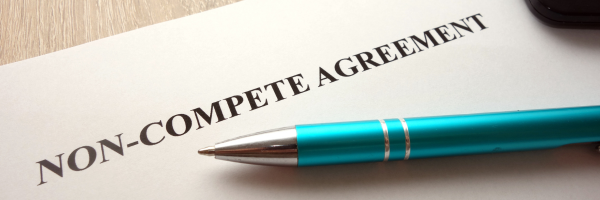08 Apr, 2024
You likely have heard about the upcoming 2024 total solar eclipse. In the United States, Mexico and Canada, the solar eclipse will take place today: Monday, April 8, 2024. You may have questions about when it will occur, where you can see it and how to view it safely. If you are planning to view the solar eclipse, safety should be the number one priority. This article provides information about the 2024 solar eclipse, including how to stay safe and how you can learn more. The details provided are compiled from the National Aeronautics and Space Administration (NASA). What Is a Total Solar Eclipse? A total solar eclipse happens when the moon passes between the sun and Earth, completely blocking the face of the sun. People viewing the eclipse from locations where the moon’s shadow completely covers the sun, known as the path of totality, will experience a total solar eclipse. The sky darkens, similar to a normal dawn or dusk. The 2024 total solar eclipse will only last for two to four minutes, depending on the viewer’s location. However, the full experience will last over an hour from the initial partial eclipse to the conclusion of the event. If weather allows, viewers along the path of totality will see the sun’s corona, or outer atmosphere, which is usually obscured by the face of the sun. Where Can I See the Total Solar Eclipse? In the United States, the path of the solar eclipse will extend from Texas to Maine, crossing through Oklahoma, Arkansas, Missouri, Illinois, Kentucky, Indiana, Ohio, Pennsylvania, New York, Vermont and New Hampshire. Depending on your location , the total eclipse will take place between 12:23 p.m. and 3:02 p.m. CDT and between 1:59 p.m. and 4:40 p.m. EDT. An estimated 31.6 million people live in the path of totality this year, and an additional 150 million people live within 200 miles of the path of totality. Millions more are expected to travel to prime viewing locations over the weekend. Even if you don’t live directly on the path of totality, you may be able to see a partial eclipse. NASA estimates that 99% of people in the country will be able to see a partial or total eclipse from where they live. The solar eclipse will also be viewable online. NASA will be showing a live stream on Monday, April 8, from 1-4 p.m. EDT. The live stream will be available for viewing here . Is This Different Than the Solar Eclipse That Happened in 2017? The total solar eclipse that took place on Aug. 21, 2017, and this year’s total solar eclipse are similar events. However, the path of the 2017 eclipse was narrower than what will take place during the 2024 total solar eclipse. On April 8, 2024, the total solar eclipse will be visible to more people in the United States and last longer. How Often Does a Total Solar Eclipse Happen? Total solar eclipses happen, on average, once every 18 months across the globe. In North America, a total solar eclipse occurs only six times between 2001 and 2050. After the 2024 solar eclipse, there will be one that is viewable from some parts of Alaska in 2033. A total solar eclipse will be viewable by some northwestern states in 2044, followed by one that broadly reaches the U.S. in 2045. How Can I Stay Safe? During the total solar eclipse, looking directly at the sun without specialized eye protection for solar viewing is not safe. According to NASA, the exception is during the brief total phase of a total solar eclipse, when the moon completely blocks the sun. Here are safety tips to consider: Avoid looking at the sun directly. Viewing any part of the sun through a camera lens, binoculars or a telescope without a special-purpose solar filter secured over the front of the optics will instantly cause severe eye injury. Use safety protection. When watching the partial phases of the solar eclipse—which happens before and after totality—directly with your eyes, you must always look through safe solar viewing glasses (“eclipse glasses”) or a safe handheld solar viewer. You can also use an indirect viewing method, such as a pinhole projector. Learn more about safe solar viewers and filters here . Don’t use viewing devices that are not approved for use during the solar eclipse. Use only approved devices. NASA specifically advises against wearing standard sunglasses during the solar eclipse. Wear sunscreen. If you are outside for hours, you may be subject to ultraviolet rays from the sun. It’s important to properly apply SPF for your skin safety. Prepare for large crowds. If you are viewing the eclipse in or near any city on the path of totality, you should expect more traffic and crowds than normal. Plan ahead for longer transportation times and bring water and anything else you’ll need to stay comfortable. There are ways to experience this event while staying safe. NASA provides more information about safety during the total solar eclipse. Learn More If you plan on viewing this event, create a plan to prepare for and stay safe during the total solar eclipse. This is a once-in-a-lifetime experience for many viewers, but it can create safety risks for participants who don’t take precautions. Check out resources from NASA’s website to learn more.







